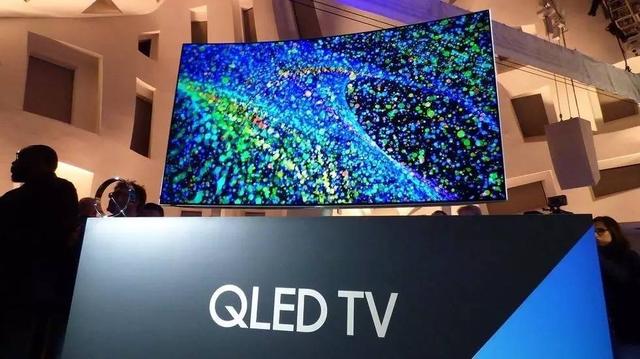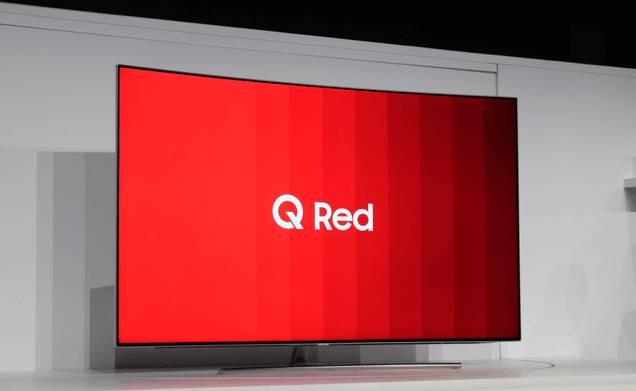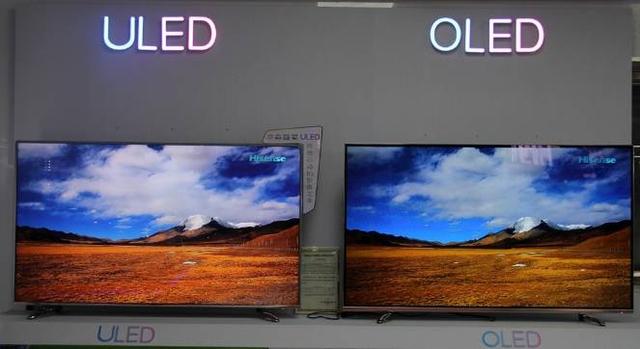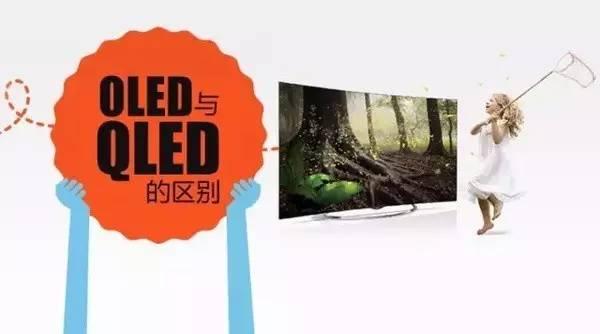LED is called the fourth generation light source, which has the characteristics of energy saving, environmental protection, safety, long life, low power consumption, low heat, high brightness, waterproof, miniature, shockproof, easy dimming, concentrated beam, easy maintenance, etc. Various indications, displays, decorations, backlights, general lighting and other fields. With the widespread use of LEDs and technological innovations, LEDs on the market now include ULEDs, OLEDs and QLEDs in addition to the original LEDs. LED means a light-emitting diode, a diode made of a compound containing gallium (Ga), arsenic (As), phosphorus (P), nitrogen (N), silicon (Si), or the like. (The gallium arsenide diode emits red light, the gallium phosphide diode emits green light, the silicon carbide diode emits yellow light, and the gallium nitride diode emits blue light.) LED advantages: high electro-optical conversion efficiency (close to 60%, green, long life (up to 100,000 hours), low operating voltage (about 3V), repeated switching and non-destructive life, small size, low heat, high brightness, sturdy and durable, Easy to dim, colorful, stable beam, no delay; LED shortcomings: high starting cost, poor color rendering, low efficiency of high power LED, constant current drive (requires dedicated drive circuit). In contrast, various traditional lighting has certain drawbacks. The Organic Light-EmitTIng Diode (OLED) display technology has self-luminous properties, using a very thin organic material coating and a glass substrate. When an electric current passes, these organic materials emit light, and the OLED display The screen has a large viewing angle and can save energy. Because it has self-illumination at the same time, it does not need backlight, high contrast, thin thickness, wide viewing angle, fast response speed, can be used for flexible panels, wide temperature range, simple structure and simple process, etc. A generation of flat panel displays. PMOLED advantages and disadvantages Advantages: The process is simpler and simpler than AM_OLED. Disadvantages: It is difficult to increase the size of the panel. In order to maintain the brightness of the entire panel, it is necessary to increase the brightness of each Pixel to increase the operating current, thus reducing the lifetime of the OLED device. Current Drive control is not easy. Advantages and disadvantages of AMOLED Advantages: Large size, power saving, high resolution, long panel life, and simple Data Driver design. Disadvantages: The process is more complicated and the TFT variability is higher. QLED is a new type of illuminating technology and a new type of semiconductor electro-optical, photo-light conversion material. For light source technology, QLED is similar in nature to phosphors and is an indirect light source conversion material. QLED itself is a semiconductor crystal with a structure size below 10 nanometers (a thumb-sized area can accommodate billions of billions of QLED crystals). The main components of conventional QLED semiconductor crystals are zinc, cadmium, selenium and sulfur. Currently, cadmium-free QLED materials have been studied. The physical properties of QLEDs are mainly reflected in the conversion of electrical energy or light energy into light of the desired wavelength and color. The conversion based on electrical energy is called electroluminescent QLED, which is called photoluminescence QLED based on light energy conversion. Two types of QLEDs can be classified in more detail depending on the wavelength of the converted light target (eg red or green). In application, QLED materials can replace the functions of many traditional phosphors, and have the significant advantages of high conversion efficiency and high light purity. Since 2010, the application of QLED materials to light sources and display devices has become an important research direction for many materials science, optical and display equipment companies, and has begun to be practical. ULED's U-line Ultra abbreviation, meaning extreme, super high, meaning a better LED. ULED TV application of new backlight technology, and OLED self-illumination principle is different, Hisense ULED application of new backlight technology to improve the LED liquid crystal display, in image color saturation, contrast performance and OLED comparable, in terms of image brightness, technology maturity More advantageous than OLED. Simply put, the color is richer, the darker and lighter colors are more distinct and more layered. 1. Quantum dot light-emitting diode products can be commercialized and can compete with organic light-emitting display (OLED). When manufacturing OLEDs, a “shadow mask†is needed. When the screen size becomes larger, the shadow mask is prone to heat. Expansion and contraction will make the color and the like less precise. 2. The manufacturing process of QLED does not require the use of a shadow mask, so there is no problem of reduced accuracy. In addition, quantum dots can also be hovered in liquid and deposited using a variety of techniques, including inkjet printing on very thin, flexible or transparent substrates. 3, OLED has a lack of solid color to use color filters to produce, and QLED can produce a variety of different solid colors from the beginning, is also better than OLED in converting electrons into photons, so energy efficiency is higher, manufacturing costs are more low. 4. Under the same picture quality, the energy saving of QLED is expected to reach 2 times that of OLED screen, and the luminous rate will increase by 30% to 40%. At the same time, QLED can achieve the same stability and reliability as inorganic semiconductor materials.
Application: Automobile Wire Harness
Gauge: AWG 28 to AWG 16
Length: Customized
We can provide first price for products produced in our factory; for sourcing products,we can also provide most competitive price because we have
large relationship among our friend factory.
Automotive Wiring Harness,Auto Wiring Harness,Universal Automotive Wiring Harness,Effect Assurance Cable Wire Harness Dongguan YAC Electric Co,. LTD. , http://www.yacentercn.com






Place of Origin: Dongguan, China (Mainland)
Connector: Molex, JST, TYCO, AMP, JAM, KET,Amphenol, Wago,Weidmuller, Phoenix,
Wires & Cables: UL, VDE standards
Inspection: 100% inspection before delivery
Certification UL, IATF16949, CE